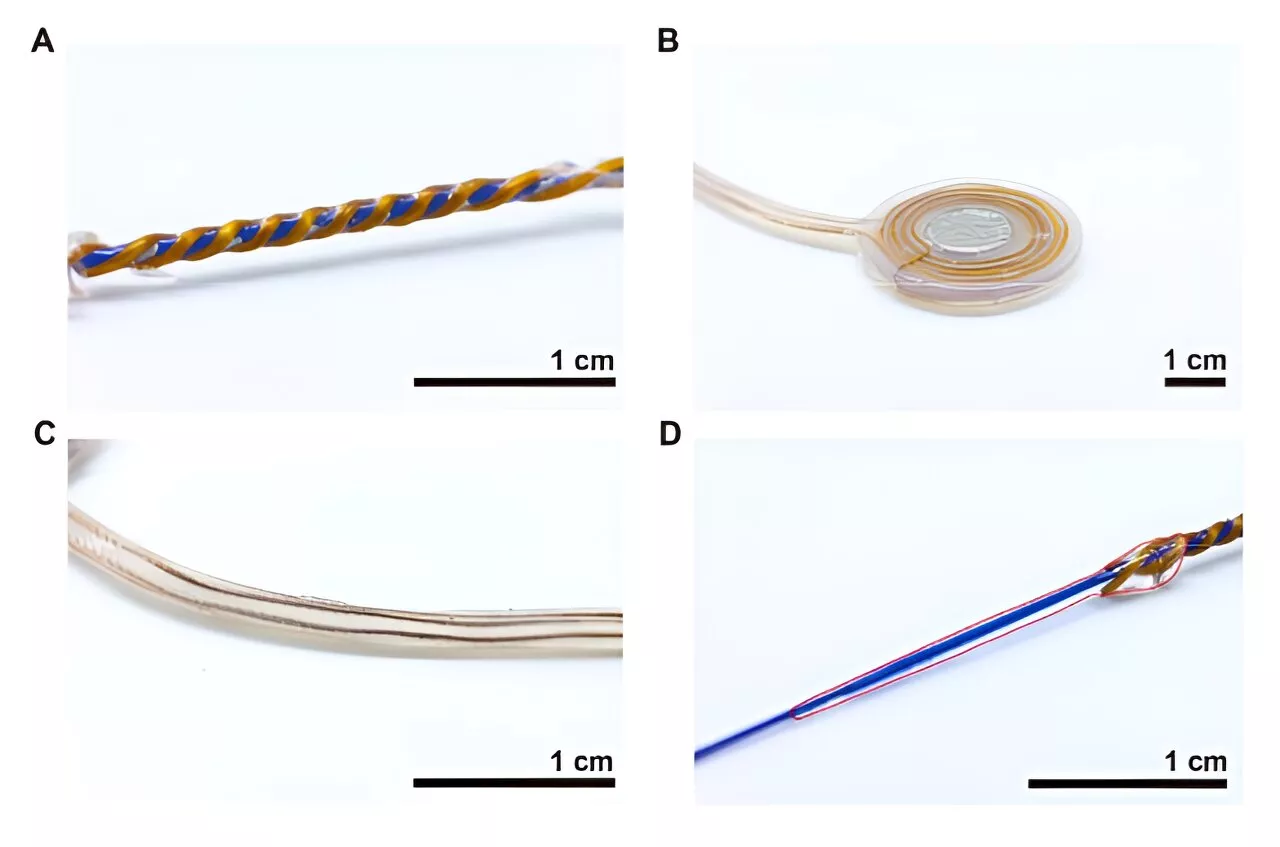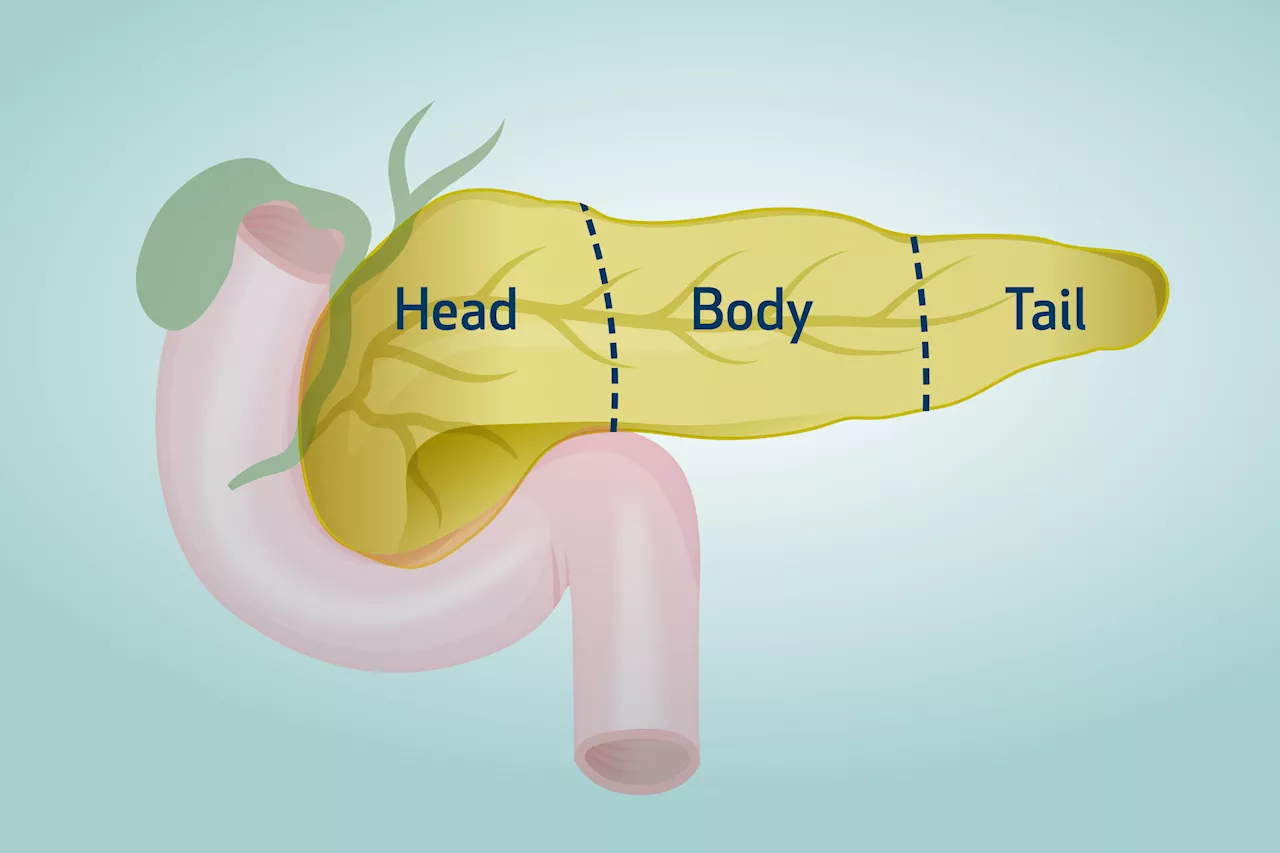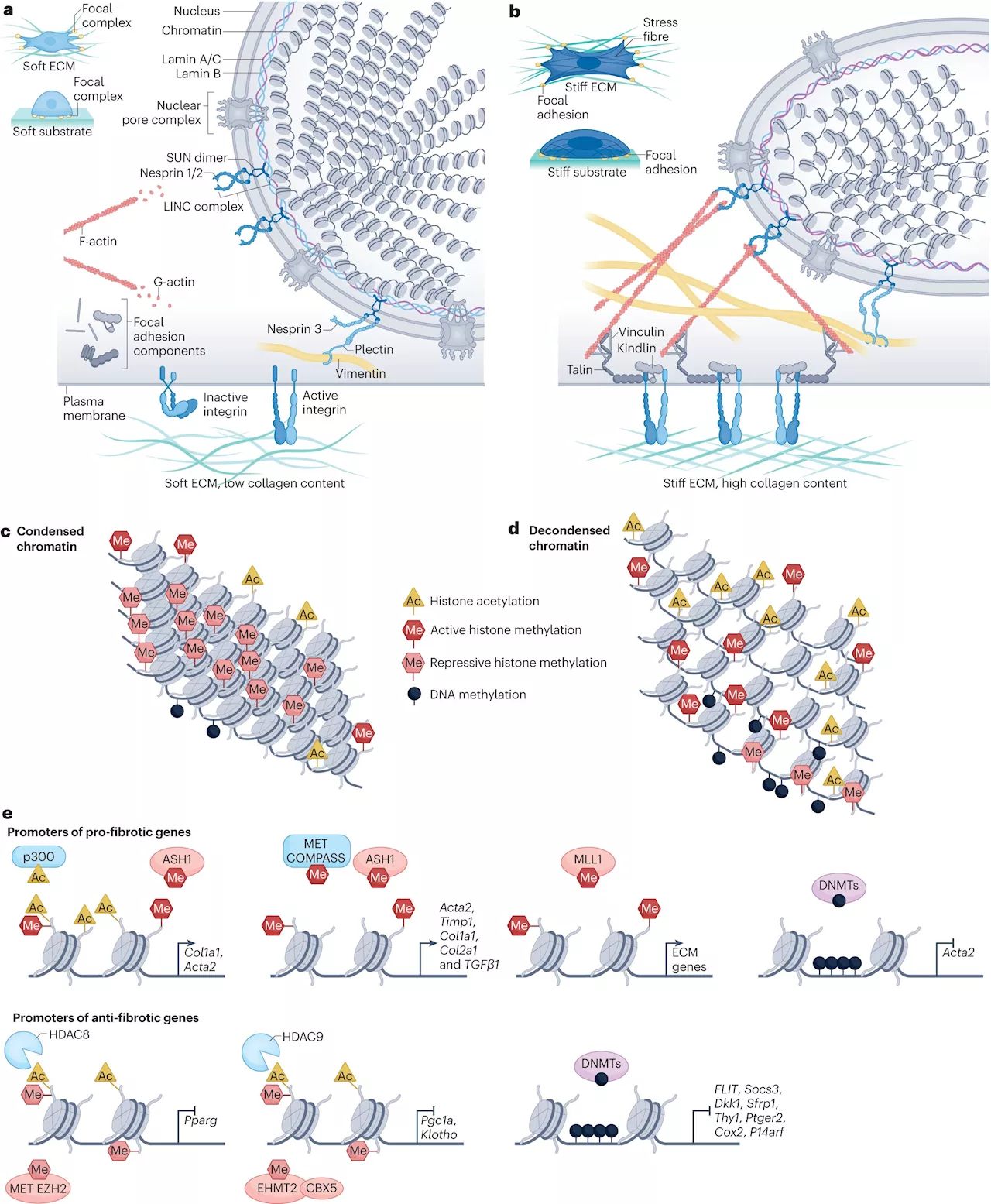Researchers have developed a new technique to view living mammalian cells.
May 24 2024University of Tokyo The team used a powerful laser, called a soft X-ray free electron laser, to emit ultrafast pulses of illumination at the speed of femtoseconds, or quadrillionths of a second. With this they could capture images of carbon-based structures in living cells for the first time, before the soft X-ray radiation damaged them.
However, a team of researchers has constructed a new soft X-ray microscope through which they could view live mammalian cells for the first time. They were able to take images of carbon structures within the cells, which had not been seen before through other instruments. Carbon is one of the main elements for life, so this provides a new window into a vital part of ourselves.
A soft X-ray free electron laser provided pulse illumination at the speed of tens of femtoseconds . The ultrashort duration of the radiation pulses enabled us to take an image before the structure of the living cell was altered by radiation damage. We used Wolter mirrors for illumination and imaging. These mirrors provide a wide field of view, can withstand irradiation from the powerful lasers and exhibit no color distortion, making them ideal for observing samples at various wavelengths.
Although soft X-ray free electron lasers have previously been used to study smaller viruses and bacteria, mammalian cells were too big to be studied this way. However, by using Wolter mirrors, the team could achieve a wider field of view and use a thicker sample holder which could hold larger cells. The resulting images showed details about carbon content in the cells that had not been seen through other methods, such as electron microscopy and fluorescence microscopy.
Cell Cellular Biology Education Electron Living Cells Microscope Microscopy Research Students Technology X-Ray
United Kingdom Latest News, United Kingdom Headlines
Similar News:You can also read news stories similar to this one that we have collected from other news sources.
 Researchers develop wireless electronic suture for postoperative long-term monitoring of soft tissueA research team led by Professor Jaehong Lee of the Department of Robotics and Mechanical Electronics (DGIST) has developed a new human implantable, wireless, health monitoring electronic suture system through joint research with a team from Yonsei University and Korea University.
Researchers develop wireless electronic suture for postoperative long-term monitoring of soft tissueA research team led by Professor Jaehong Lee of the Department of Robotics and Mechanical Electronics (DGIST) has developed a new human implantable, wireless, health monitoring electronic suture system through joint research with a team from Yonsei University and Korea University.
Read more »
 Researchers find difference in pancreatic cancer cells, offering new hope for immunotherapy effectivenessA new study has found that pancreatic cancer cells are different based on their location in the pancreas, providing new information about tumors that could lead to better targeted treatments.
Researchers find difference in pancreatic cancer cells, offering new hope for immunotherapy effectivenessA new study has found that pancreatic cancer cells are different based on their location in the pancreas, providing new information about tumors that could lead to better targeted treatments.
Read more »
 Researchers discover how immune B cells hunt down cancer around the bodyScientists have discovered the key features of immune B cells that make them successful at targeting tumors—including when cancer has spread to a different part of the body.
Researchers discover how immune B cells hunt down cancer around the bodyScientists have discovered the key features of immune B cells that make them successful at targeting tumors—including when cancer has spread to a different part of the body.
Read more »
 Researchers suggest B-cells may play role in lung transplant rejectionB-cells infiltrating the lungs may be responsible for one of the most common complications in lung transplantation, which can lead to rejection, according to a study published in the Journal of Clinical Investigation.
Researchers suggest B-cells may play role in lung transplant rejectionB-cells infiltrating the lungs may be responsible for one of the most common complications in lung transplantation, which can lead to rejection, according to a study published in the Journal of Clinical Investigation.
Read more »
 Researchers outline how cells activate to cause fibrosis and organ scarringNew research led by Unity Health Toronto that examines how fibroblast cells in the body are activated to cause fibrosis and organ scarring has been published in Nature Reviews Molecular Cell Biology. Fibrosis and organ scarring are leading causes of death, with data suggesting they are responsible for up to 45% of deaths in the developed world.
Researchers outline how cells activate to cause fibrosis and organ scarringNew research led by Unity Health Toronto that examines how fibroblast cells in the body are activated to cause fibrosis and organ scarring has been published in Nature Reviews Molecular Cell Biology. Fibrosis and organ scarring are leading causes of death, with data suggesting they are responsible for up to 45% of deaths in the developed world.
Read more »
 Researchers enhance CAR-T cells to target solid tumorsResearchers at the National Cancer Institute-designated Montefiore Einstein Comprehensive Cancer Center (MECCC) have shown that a breakthrough therapy for treating blood cancers can be adapted to treat solid tumors-;an advance that could transform cancer treatment.
Researchers enhance CAR-T cells to target solid tumorsResearchers at the National Cancer Institute-designated Montefiore Einstein Comprehensive Cancer Center (MECCC) have shown that a breakthrough therapy for treating blood cancers can be adapted to treat solid tumors-;an advance that could transform cancer treatment.
Read more »
